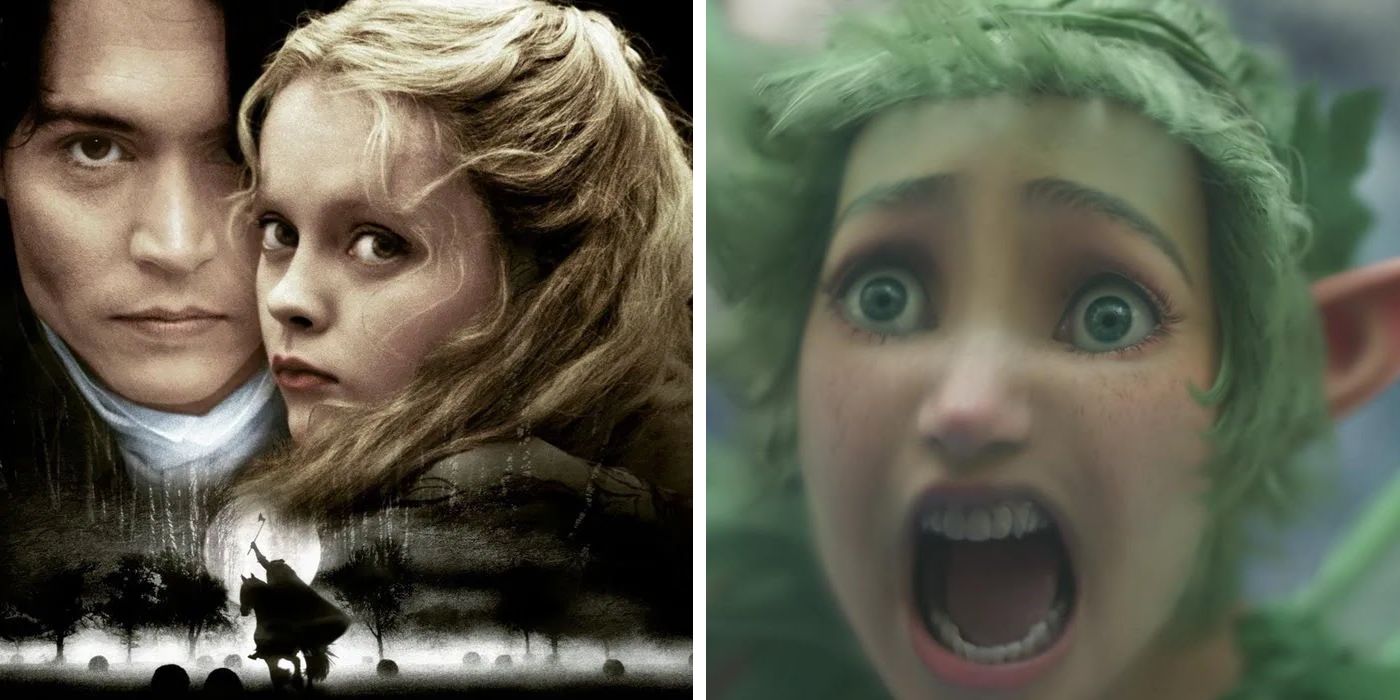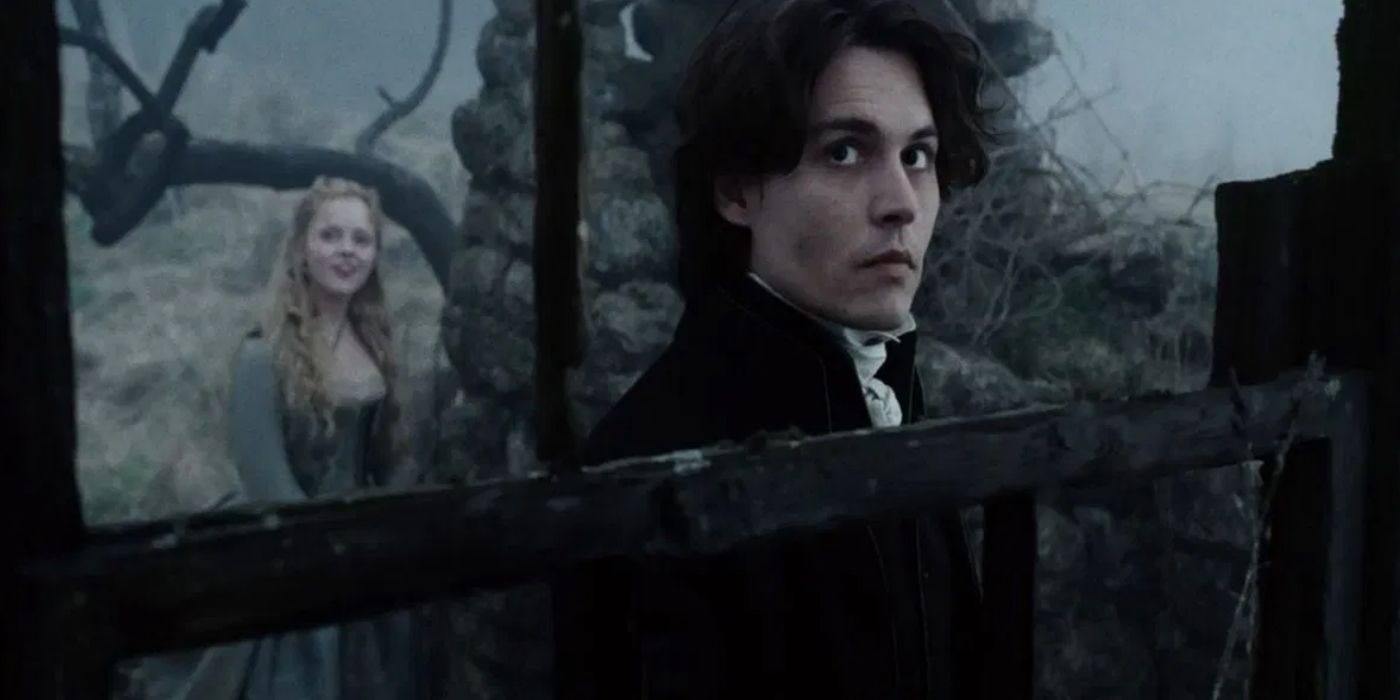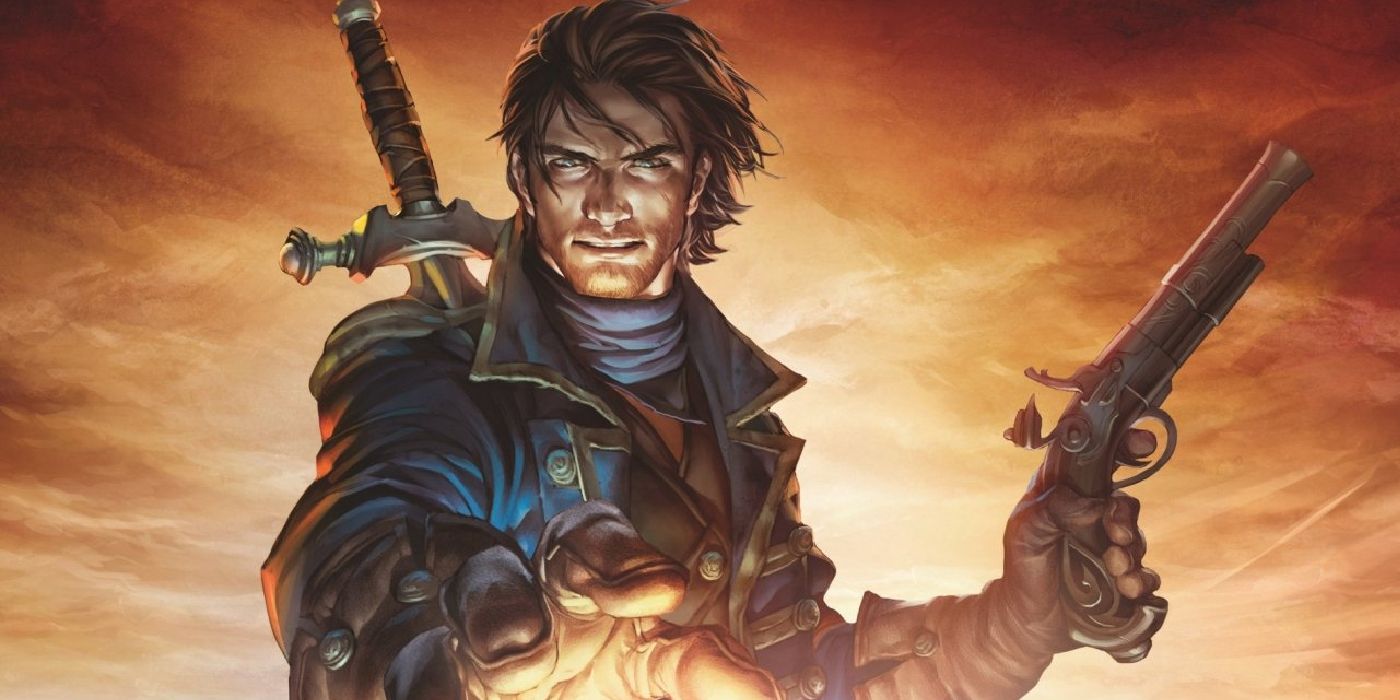Fable 4 is the upcoming reboot developed by Playground Games, bringing back the beloved fantasy series after its long hiatus. Although successful, the games have always occupied a strange place in the RPG genre. They're known for their open-ended stories and cascading consequences, but also for overpromising and underdelivering when it comes to key features, particularly in Fable 3.
Fable 4 will likely be hoping to take the series back to its roots, recapturing the essence of the first game but telling a new story. To truly get to the heart of the Fable franchise, however Playground Games needs to understand its inspirations. One key inspiration for the first game was Tim Burton's 1999 movie adaptation of Sleepy Hollow. There are some good reasons the development studio should look back to that film if its hoping to tell a new story that still feels like Fable.
How Sleepy Hollow Influenced Fable
It may come as a surprise - even to Fable fans - that Sleepy Hollow was such a big influence on the first game. The exact way in which Sleepy Hollow influence Fable may also come as a surprise. Sleepy Hollow has a far darker, more gothic look than the first Fable overall. Darkwood, the sprawling forest covering much of southern Albion, is the most obvious export from Tim Burton's movie, but apart from that the parallels aren't immediately apparent.
The big influence of Sleepy Hollow, however, was the way it balanced the more realistic aspects of its world with the fantastical ones. The original Fable developers were influenced by the way Sleepy Hollow created a fantastical world that managed to be aggressively magical at its peripheries but still seemed largely grounded in reality.
This balance was emulated in the first Fable. There are magical creatures and spooky forests, but until Jack of Blades makes his appearance at the arena the game stays relatively down-to-earth compared to some other fantasy IPs. A similar shift takes place in Sleepy Hollow when the Headless Horseman is revealed to be real, and not, as it is implied in the original story, a rival lover in disguise.
Grounded Fantasy In Fable 4
Fable 4's only trailer so far turned more to the more fantastical side of the series, focusing on fairies and "wondrous places where nature and magic live in perfect harmony," albeit it in a tongue-in-cheek way. Playground Games needs to make sure, however, that the series doesn't lose its grounding. Fable has always been set in an unambiguously fantastical world, but it has also always focused on stories about human characters, told stories concerning grounded themes from revenge to lines of succession, and depicted its world slowly moving from its Dark Ages through to the Industrial Revolution.
If Fable 4 is going to feel like the original game, it needs to strike that same balance where fantasy elements clearly exist, but are secondary to a setting which would still make sense without them, unlike other RPG series like The Elder Scrolls. Sleepy Hollow isn't the only film that influenced Fable. Other influences include 1945's film version of The Picture of Dorian Gray, which likely influenced the sinister reflection used in the game's box art.
It is Sleepy Hollow, however, which provides a great guiding light for Playground Games to get Fable's fantasy-realism balance just right. Whether or not the reboot wants to emulate the feel of the original Fable games is another question, but if the developers want to bring back fans of the first game, looking at its key influences could be a vital step.
Fable 4 is currently in development.



